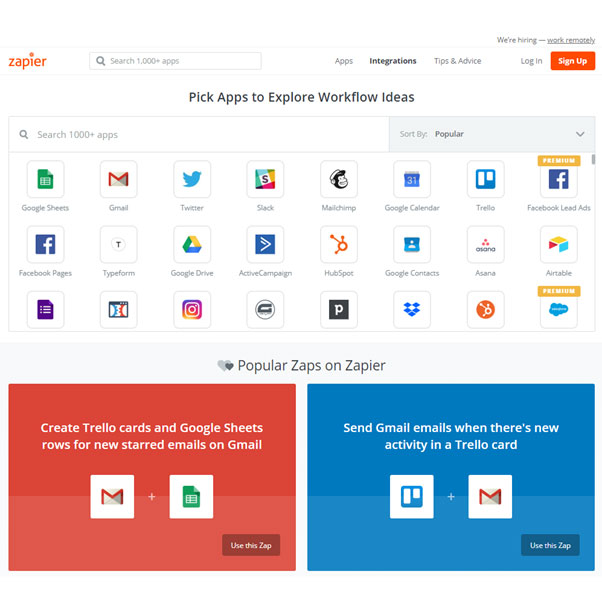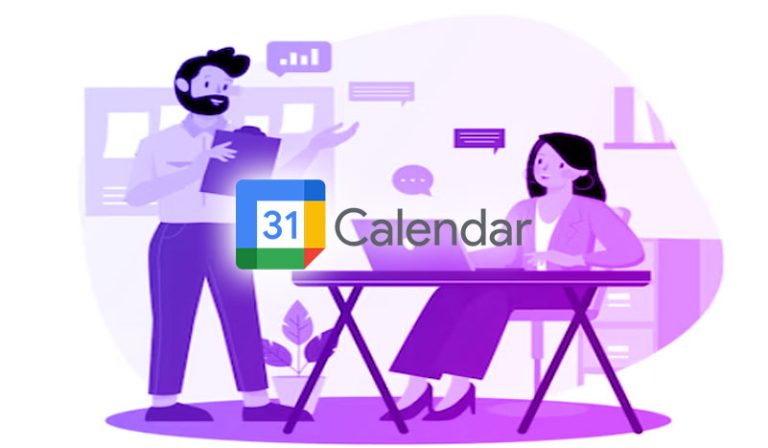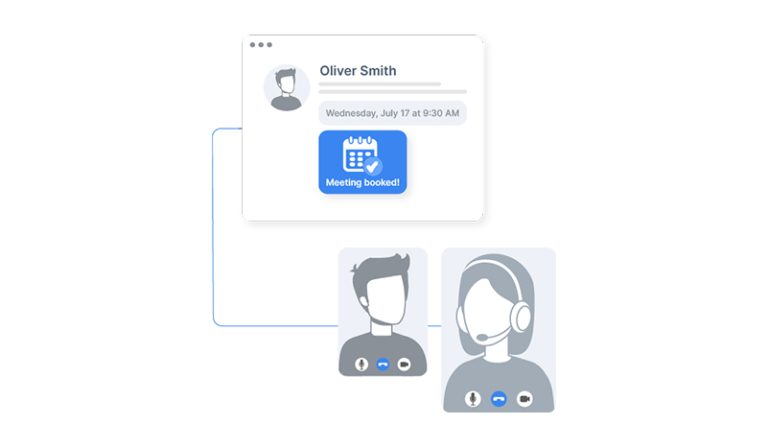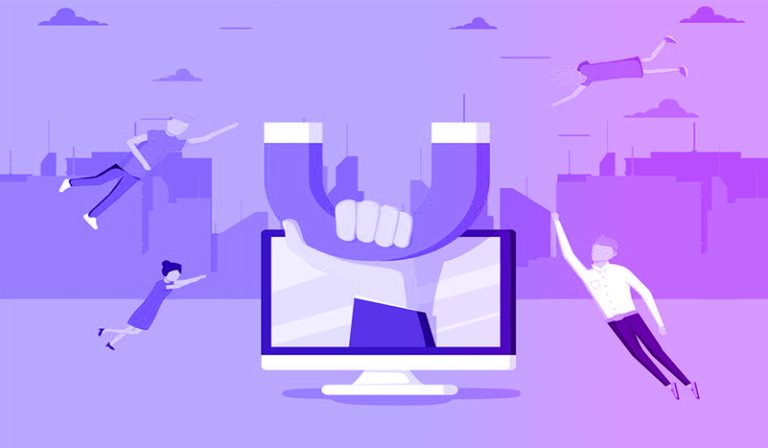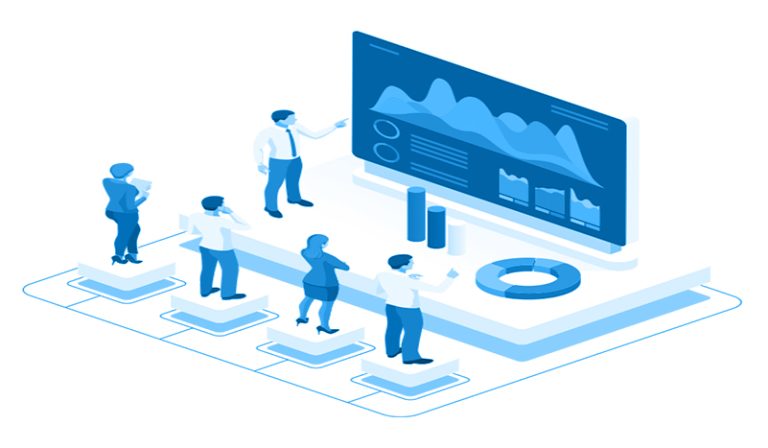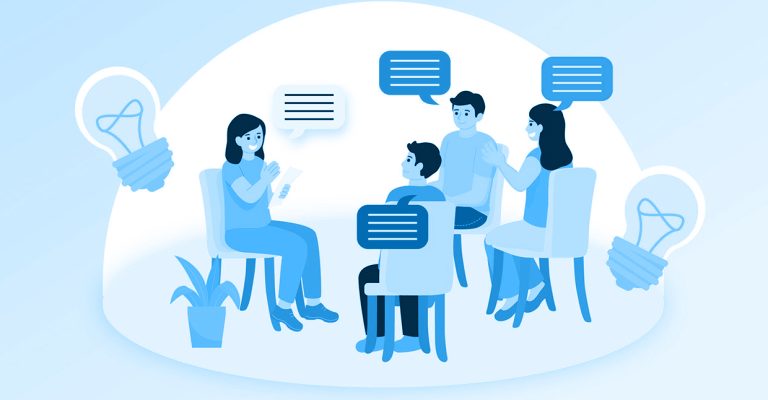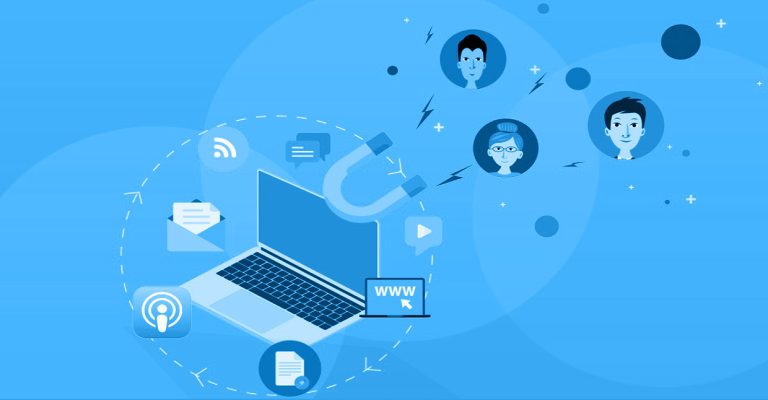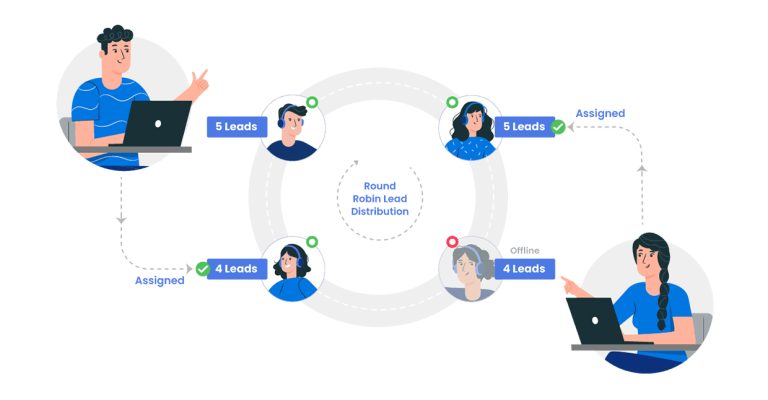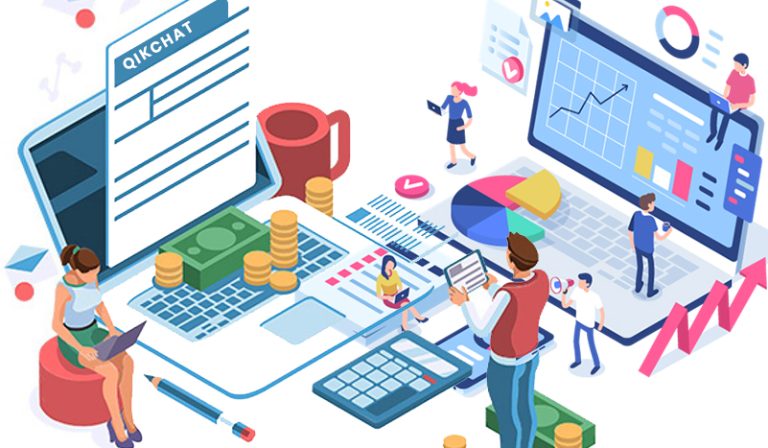Today I am going to walk you through the sales acceleration formula, a sales strategy that is shaping how SaaS companies sell their products successfully and why it’s important for a future that is constantly evolving.
The sales acceleration formula sounds like a masterful sales formula that is too good to be true. Well, guess what – it’s not. This is the strategy HubSpot used to generate $100 million in revenue in just seven years, from 10,000 customers across 60 countries. The formula is made up of three key attributes – data, technology and inbound selling.
This is based on a book by Mark Roberge, former chief revenue officer of HubSpot. The formula is centred less on innovation and competing with rivals, and more on planning to generate massive scalable revenue growth.
The sales acceleration formula is summarised here, with key points and strategies you can use to move leads through your sales cycle at formula one speeds.
What is the sales acceleration formula?
The sales acceleration formula empowers teams to make their sales cycles shorter and engage with prospects that are more likely to convert. Not only do teams close deals quicker, but they also qualify leads and streamline the sales process without diminishing the customer experience.
You can influence the sales process to some degree by hiring competent staff, but what the sales acceleration formula includes, is best-practice methodology to make your sales process streamlined for everyone involved. What this incorporates is the use of social-networking technology, AI, data pipelines, and visualization platforms.
The use of these technologies for teams will enable them to execute this strategy in a measurable way that will take your sales team from success to success.
How to use sales acceleration?
So where did the sales acceleration formula emerge from?
Hold on, let’s first rehash the sales acceleration formula. This strategy is about creating a sales process that’s more measurably productive by using the right combination of sales tools and building successful sales behaviour in your reps.


Have you heard of a software company called HubSpot? Yeah, I know right, who hasn’t! Generating $100 million in revenue in such an impressive time frame of seven years is no small feat. Overall the sales acceleration formula is a system Roberge created that he used to turn HubSpot into the beast that it is today. And he breaks this formula down in his book.
Sales Acceleration Formula Summary
Now that you know what the formula entails, let me run you through what the formula is. According to its creator, Roberge: “‘The Sales Acceleration Formula provides a scalable, predictable approach to growing revenue and building a winning sales team.”
So it’s about using a data-driven approach to build a scalable process to streamline sales cycles, removing the key points of friction and moving leads through the sales stages as fast as possible. I mentioned the data-driven approach point first because that’s the key.
Roberge has a background in engineering, which is why he places such importance on using data to uncover what’s not shown on the surface of any sales cycle. He understands using innovation as an edge can help software companies in the beginning but, in time, the competition can always catch up. Yep, that feeling you had was right.
Unfortunately, relying on that new sexy and sleek product you’ve brought to market won’t guarantee long-term, sustained growth. On the contrary, you need a system supported by data that you can use over and over again.
The sales acceleration formula comprises five key elements:
- The Sales Hiring Formula – Every salesperson hired should have the same traits for success.
- The Sales Training Formula – Put every salesperson through the exact same training.
- The Sales Management Formula – Every salesperson should be held accountable to the same sales process, with no exceptions.
- The Demand Generation Formula – The same quality and quantity of leads should be provided to each salesperson each month.
- Technology – Use technology to facilitate better buying.
- Leverage technology to give salespeople the ability to sell faster while providing better buying processes for customers.
Watch a complete breakdown from the person that created it, Mark Roberge, here: The Sales Acceleration Formula.
Core strategies from the Sales Acceleration Formula
It’s no secret that selling a SaaS product isn’t easy and as the price of the product goes up, so does the complexity of the sale. Matching buyer needs with perception and getting buy-in from all required internal stakeholders, can often pose timely challenges.
The purpose of the sales acceleration formula is measuring each single touch point quantifiably to provide sales reps with a framework to turn deals into sales.
We’ve gone through the formula from a bird’s eye view. Let’s break down actionable points that you can include in your own sales process.
The Sales Hiring Formula
So, you hire a sales rep and are ready to see those deals flow in like falling snow in the Swiss Alps – but what makes a successful SaaS sales rep? Defining what makes a successful sales rep is the first step. Roberge is clear in saying that this definition can differ vastly from company to company, and it can depend on numerous factors, customer demographics, industry and a lot more.
Having said that, he was able to put together data on what professional and personal character traits help the most when it comes to software sales.
This is the chart he used in his video.
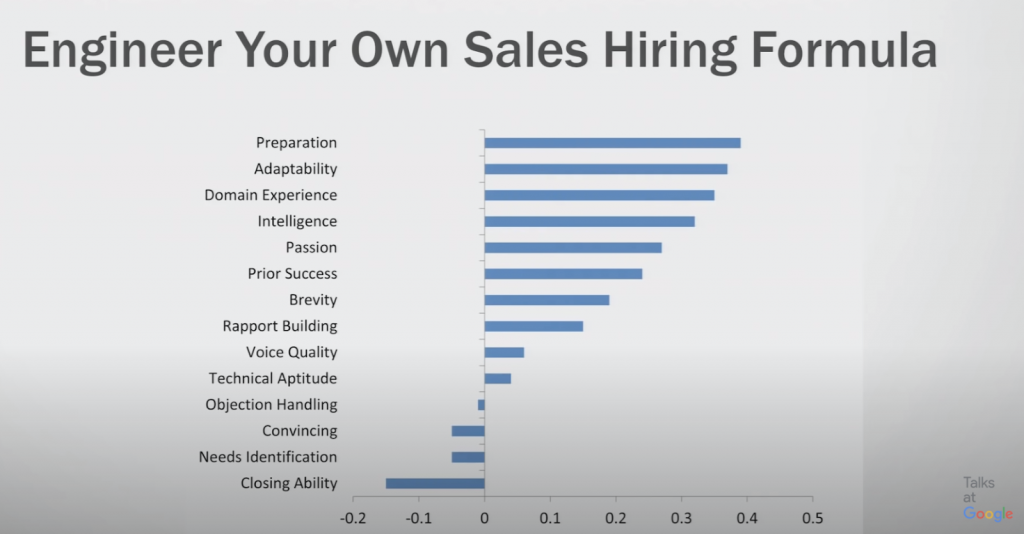
If you look at the image above, you’ll see that closing and convincing abilities were negative – who would have thought! These used to be the most sought-after sales skills that companies used to seek out.
As technology has evolved, Roberge explained that the pushy, aggressive, old-school sales ethos doesn’t have the same effect as it used to. In the day of the information age, where anything we want to know is at our fingertips, customers place a lot more value on a sales rep who can act as a consultant, building trust while providing strategic advice. This where having a process like the sales acceleration formula will provide trackable guidance, separating the consultative stages from the revenue generating stages of a deal.
With this in mind, it’s no surprise that moden tech companies look for five core traits that come before the rest.
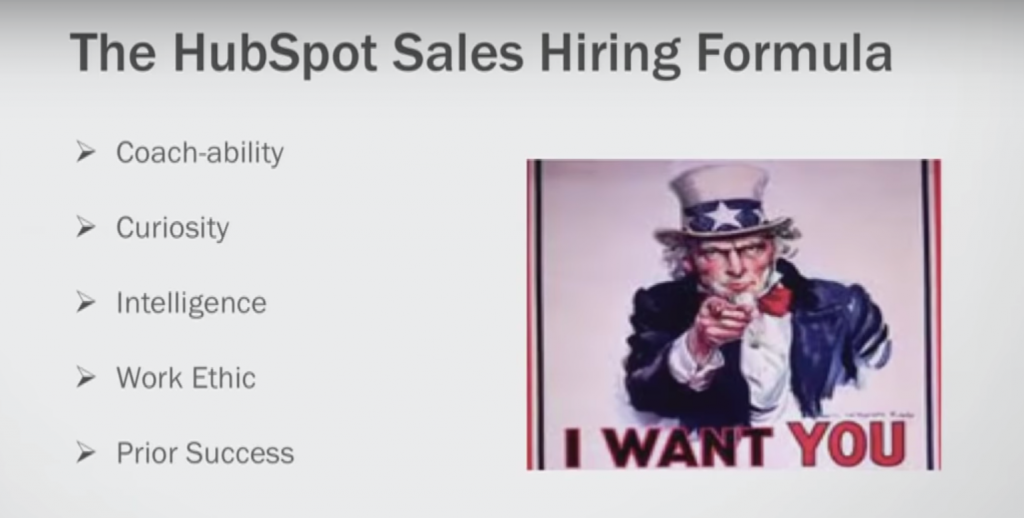
If there’s any framework to follow when hiring sales people, it’s the five traits above.
In terms of finding those superstar performers, Roberge expresses that taking the standard approach of using recruiting agencies and job sites won’t yield the best results.
Let’s be honest, very successful sales reps are usually headhunted, so you probably won’t find them applying for jobs. Diving deeper, he says you should develop your own internal recruiting process and use LinkedIn to find ideal candidates in your industry. This strategy should yield results as LinkedIn has 810 million members, with 49 million people using LinkedIn to search for jobs each month.
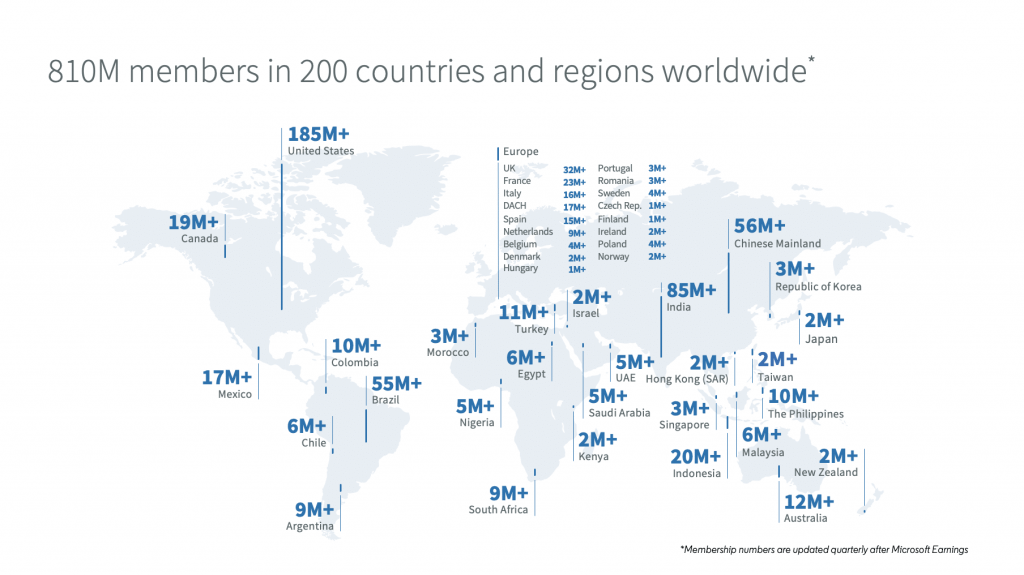
The Sales Training Formula
“Tell me and I forget, teach me and I may remember, involve me and I learn.” – Benjamin Franklin. Without training, the sales acceleration formula is just another framework that sounds cool and sleek. After analysing top sales performers, Roberge soon realised that each one of them had their own set of unique skills with regards to a sales process.
Roberge used the example of a sales rep who was an ‘activity hound’. This rep’s strategy was based on producing large volumes of activity driven by calling a lot of prospects while multitasking. The rep maintained 40% higher activity volume than the other reps in the same team.
Another successful rep mentioned had amazing relationship-building skills, with a strong ability to build trust with their prospects.
So if everyone has different sales skills, what’s the solution?
Develop training that is centred around the product’s specific sales process combined with the buying journey of the customer. Begin this process by educating your team about your customer’s buyer persona, and where different stakeholders come into the buying journey. This is how to make sure all areas of the process and the people involved are covered.
The example Roberge used looked like this:

To manage the successful progression of your sales training, you need an ongoing process which analyses your high achievers alongside your current training. Then create the steps within this training that provide a level of adaptability to meet the development needs of your team, while getting ongoing feedback from the team to recognise parts of the training that can be improved.
So, enough with the training manual – what does this actually mean? Just make this process a feedback loop, where all team members are involved and have fun with it.
The Sales Management Formula
I know I’ve mentioned it, but the foundation of the sales acceleration formula is having an in-depth process that covers the entire sales function in a business, that’s systematically applied to your entire sales team to improve performance.
Roberge goes on to advise, when it comes to sales management, focus on these three main things.
Track sales performance of every rep at all stages of the sales funnel, and use quantifiable metrics that support each stage of the funnel. This will uncover the strengths and weaknesses of each rep and what stages they occur in.
For example, a rep is excellent at presenting product demos but struggles because he doesn’t have the best SNE (scheduled next events %) from his initial calls. So we can see the issue – this rep needs to get better at sparking enough interest to commit to a demo.
They’re great at stage four below, but struggle to get there:

This is easily identified at the exact stage the rep needs to seek help to improve.
The next step is creating a rewarding sales commission plan by putting together a model that incentivises reps to want to perform at their best all year round. Then being crystal clear about how the commission is paid. This could include total sum paid, in which payment cycle you will receive it and much more.
Last but definitely not least – promote reps from within the business. Research has shown, internally promoting reps outperform external hires and are less likely to leave their jobs. To achieve fast software sales growth, this is usually essential.
The Demand Generation Formula
Being an inbound marketing company, it’s no shock that Roberge prefers inbound lead generation over outbound as a core part of the sales acceleration formula. Honestly, inbound over outbound any day of the week!
In the age of information overload, where we can find out anything about anything at our fingertips, this makes complete sense. So we focus on ‘pull’ marketing techniques like SEO which is driven by content, rather than ‘push’ strategies that force you in front of someone, like digital advertising.
Here are the content marketing strategies that should be prioritised:

This is just one half of the demand generation formula. The other is providing the same quantity and quality of leads each month as this supports consistency within the process. You can use QikChat to do this, enabling you to assign leads from a criteria that you set up, assigning that lead to the most appropriate rep.

Technology
Using tools that support your sales cycle and enhance the performance of your sales team is the last part of Roberge’s formula.
At each stage of your sales cycle there will be tools that can remove manual processes, reducing the time spent in a specific stage of the deal, speeding up the entire process. While it may seem as obvious as the elephant in the room, some of the smallest procedural processes like not being able to share a recording of demo because the file is too big or waiting on a signature because a digital signing option hasn’t been offered, have the ability to stop a deal from moving forward when it should.
Key features to include in your sales acceleration formula technology stack that will improve your sales team right after they’re implemented are:
- Lead routing
- Lead scoring
- Scheduling automation
- Email reminders
- Reporting
Of the features above, one that I believe is absolutely foundational to the sales acceleration formula is lead scoring.
Lead scoring is really helpful because it numerically scores leads based on the level of intent displayed by the lead. This could be anything from watching a demo to downloading a whitepaper or viewing a specific page.
Here’s an example of how you could score leads:

Combine that with lead routing and you can assign leads to the most suitable reps with no technology-based issues.
You can use QikChat’s assign feature to fulfill this requirement of your acceleration formula.
Building a Metrics-Driven Sales Culture
Roberge finishes with one final piece of guidance from the sales acceleration formula, which is taking the necessary steps to make sure your company is metrics driven.
He states that if sales managers have underperforming reps and they’re not metrics driven, even with high sales activity, and the rep isn’t getting enough leads to prospects, that’s what the sales managers will usually use as the reason for the lack of performance.
In the example below, the sales rep represented in the purple graph bar is being allocated the highest number of leads and has the lowest number of units sold.
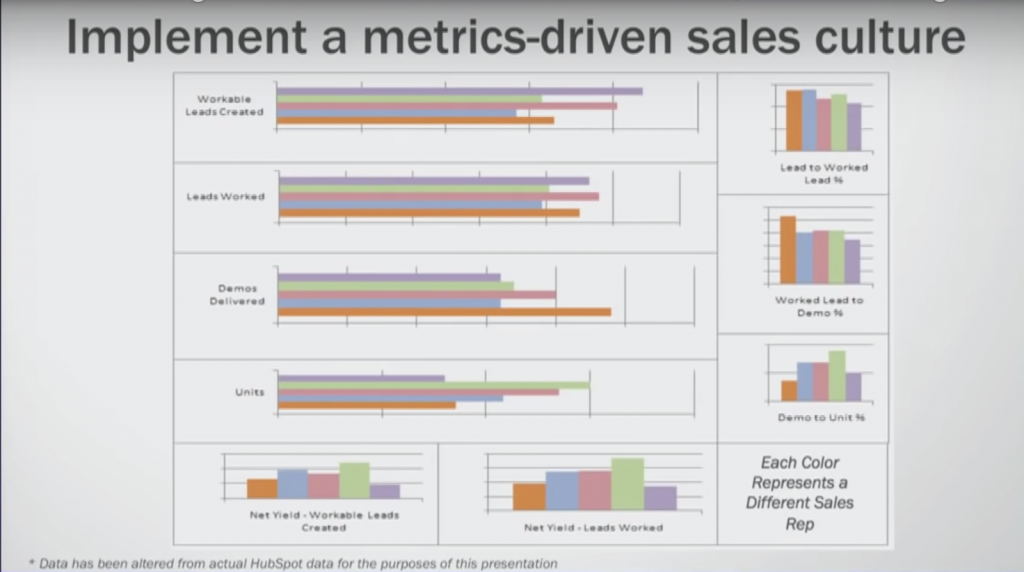
I know, it’s sitting in plain sight! While the theme of the sales acceleration formula is spread all throughout this article, it’s simple really – for your sales strategy, always refer to data for key decisions and do not go off a gut feeling. By giving your formula a measurable level of predictability, this will enable you to execute a scalable sales strategy.
Importance of Sales Acceleration
Sales acceleration is important for businesses for several reasons:
1. Faster sales cycle: Sales acceleration techniques can help speed up the sales cycle, which means that businesses can close deals more quickly and start generating revenue sooner.
2. Improved efficiency: Sales acceleration technologies can automate many manual processes, which can reduce the workload on sales teams and make them more productive. This can lead to increased efficiency and reduced costs.
3. Increased revenue: Faster sales cycles and increased efficiency can lead to increased revenue for businesses. Sales acceleration can help businesses close more deals in less time, which can have a significant impact on the bottom line.
4. Better customer experience: Sales acceleration can help businesses deliver a better customer experience by enabling sales teams to be more responsive and providing customers with the information they need when they need it.
5. Competitive advantage: By using sales acceleration techniques, businesses can stay ahead of the competition. They can quickly adapt to changes in the market, respond to customer needs, and deliver a superior customer experience, all of which can help them stand out from the competition.
In summary, sales acceleration is important for businesses because it can help them close deals faster, increase efficiency, boost revenue, improve the customer experience, and gain a competitive advantage.
Sales Acceleration Formula FAQs
What’s the sales acceleration formula?
It “provides a scalable, predictable approach to growing revenue and building a winning sales team.” – Roberge.
What’s the methodology behind the sales acceleration formula?
To build a sales process using data that allows you to move leads through key stages of your sales cycle faster and makes sure every decision is validated.
Who created it?
Former chief revenue officer of HubSpot, Mark Roberge.
Key strategies of the sales acceleration formula?
- Creating sales training centred around your unique sales process and buyer journey
- Hiring sales reps with traits like intelligence, coachability, having a track record of being a successful sales rep and a strong work ethic
- Providing the same quantity and quality of leads to all sales reps
- Holding reps accountable for following the same sales process and always trying to improve on their weaknesses
- Leveraging technology to provide a more efficient and faster sales process


